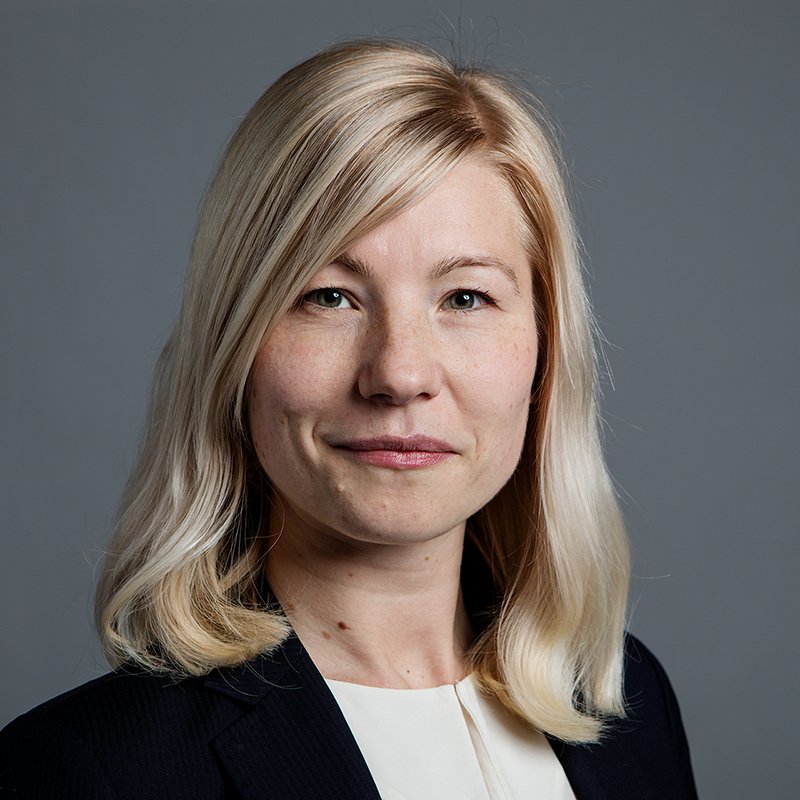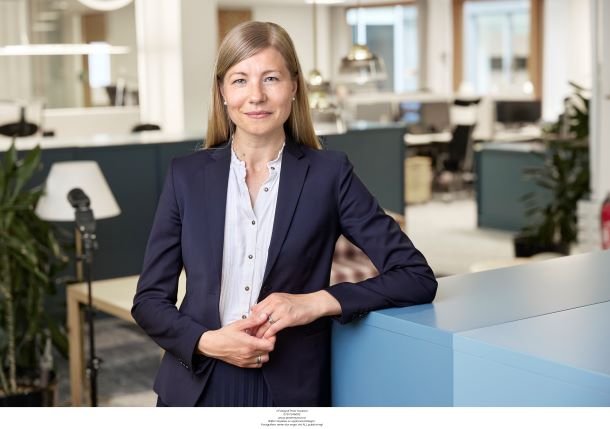2 min read
Hanna Ideström, Senior Portfolio Manager, Alternative Investments, AP4
Phenix Capital Mar 10, 2022 1:09:56 PM

We must fundamentally change how we produce and consume food. The externalities are not properly priced today. — Hanna Ideström
HOW DID YOU GET INTO IMPACT INVESTING?
I have had a personal interest in leading a sustainable lifestyle for a large part of my life, probably because of the way I was raised, with very environmentally aware parents. Professionally, I started to see the business opportunity in sustainable investment maybe around 2017, when I worked with buyouts in the private market.
As I failed to convince my colleagues at the time that this was the right direction to move in, I instead left my job to try to launch my own VC fund with a social impact focus. For various reasons, we were not successful in that effort, and, instead, I ended up at the Swedish pension buffer fund AP4 where I have the luxury of spending most of my time on thematic investments, with a particular emphasis on climate-related strategies.
IS THERE ONE THEME WITHIN THE SDGS THAT YOU SPECIFICALLY IDENTIFY OR SYMPATHIZE WITH?
Personally, I have a strong conviction that shifting to sustainable practices within food and agriculture is a key to solving many of the world’s problems. This sector is central to improving both human health and planetary health.
We must fundamentally change how we produce and consume food. The externalities are not properly priced today. When the actual price of depleted soils, wasted and/or polluted water, GHG emissions, obesity and chronic diseases linked to unhealthy diets, is accounted for, it will be natural to shift to more sustainable practices. This shift creates interesting investment opportunities.

I get to deploy money following my personal conviction that there is no conflict between sustainable investing and attractive returns – quite the opposite – and securing future pensions while doing that. — Hanna Ideström
WHAT DO YOU SEE AS THE BIGGEST CHALLENGES FOR THE FIELD OF IMPACT INVESTING, CURRENTLY?
First: impact measurement. There is a clear need for convergence on ESG data to create comparability and accountability, and there are several good initiatives on this front in the market right now.
The other issue I see is all investors who want to commit to “impact”, without a clear view of why or which underlying sectors they want exposure to. This goes back to the accountability point – if you don’t know what you want to accomplish with your “impact” investments, how are you going to follow up if you have been successful in reaching your goal?
WHAT DO YOU IDENTIFY AS AN INVESTMENT TREND THIS YEAR?
Decarbonization and energy transition. There is more and more private capital going into decarbonizing the hard-to-abate sectors, and more people have started to realise that the more we electrify our lives, the greater the need to produce more clean energy, coupled with energy storage solutions.
WHAT MOTIVATES YOU IN WHAT YOU ARE DOING ON A DAY-TO-DAY BASIS?
I get to deploy money following my personal conviction that there is no conflict between sustainable investing and attractive returns – quite the opposite – and securing future pensions while doing that.
Elise Zhao, Impact Investing Officer, Lumina Impact Ventures
HOW DID YOU GET INTO IMPACT INVESTING?